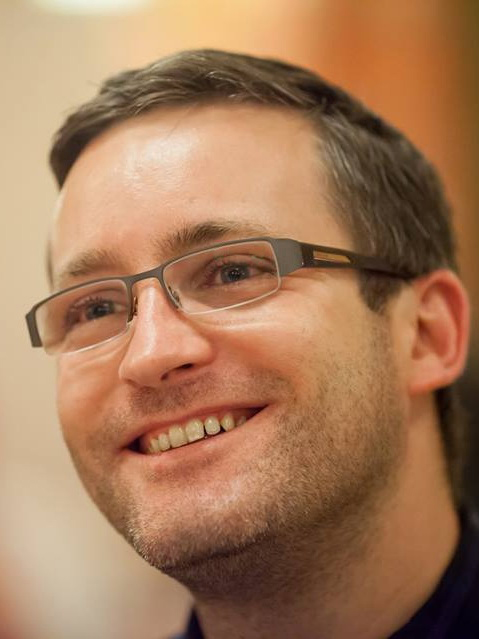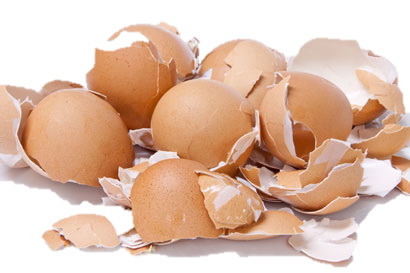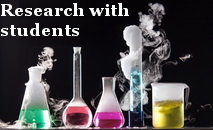Home / Research with students /
14/07/2016
Use of non-living biomass as biosorbent for cadmium removal from wastewaters
Scientific advisor: Szende Tonk, PhD, assistant professor
Student: István Kallós
 Pollution of the environment (soil, water and air) with heavy metals goes back to the dawn of the industrial revolution, and had an increasing tendency towards our days. In the beginning, the most polluting sources were mining and related industries. Nowadays, however, due to the ever developing technological processes, almost every industrial sector produces pollution and wastewaters. In this process the contamination of waters with heavy metals is inevitable. Generally, heavy metals are accumulated by living organisms, so they contaminate entire food chains (through bioaccumulation and biomagnification), and in long terms become a potential threat to life. For instance, cadmium is one of the three most toxics heavy metals, which is accumulated in living organisms and causes malfunctions in the liver, kidneys and bones. As a consequence of industrial processes and irresponsable pollution, heavy metals become present on a wide scale in the environment, and in one form or another, they influence the life of every individual. To protect nature, it is crucial to accord increased attention to the decontamination of polluted waters. Presently, there are several traditional physical and chemical methods used for water decontamination. In this respect, bioremediation represents a new alternative, which presumes the use of (living or dead) biomass. Biosorption is a potentially attractive technology for removing and regaining heavy metals from wastewaters. Several studies have shown that natural biosorbents have an increased capacity in removing heavy metals from aqueous medium.
Pollution of the environment (soil, water and air) with heavy metals goes back to the dawn of the industrial revolution, and had an increasing tendency towards our days. In the beginning, the most polluting sources were mining and related industries. Nowadays, however, due to the ever developing technological processes, almost every industrial sector produces pollution and wastewaters. In this process the contamination of waters with heavy metals is inevitable. Generally, heavy metals are accumulated by living organisms, so they contaminate entire food chains (through bioaccumulation and biomagnification), and in long terms become a potential threat to life. For instance, cadmium is one of the three most toxics heavy metals, which is accumulated in living organisms and causes malfunctions in the liver, kidneys and bones. As a consequence of industrial processes and irresponsable pollution, heavy metals become present on a wide scale in the environment, and in one form or another, they influence the life of every individual. To protect nature, it is crucial to accord increased attention to the decontamination of polluted waters. Presently, there are several traditional physical and chemical methods used for water decontamination. In this respect, bioremediation represents a new alternative, which presumes the use of (living or dead) biomass. Biosorption is a potentially attractive technology for removing and regaining heavy metals from wastewaters. Several studies have shown that natural biosorbents have an increased capacity in removing heavy metals from aqueous medium.
During our research we examined the sorption capacity of a so-called waste biosorbent, the egg shell from Gallus gallus domesticus, in aqueous solution contaminated with Cd2+. Results on the maximum Cd2+ biosorption capacity and process effectiveness suggest that egg shells are particularly suitable for use in the biosorption process: maximum adsorption capacity for the concentration C5=157 Cd2+mg/l was 8.16 mgCd2+/g. Adsorption effectiveness for the mentioned concentration was 100%. Results show that egg shell powder can be effectively used in removal of cadmium from wastewaters.











